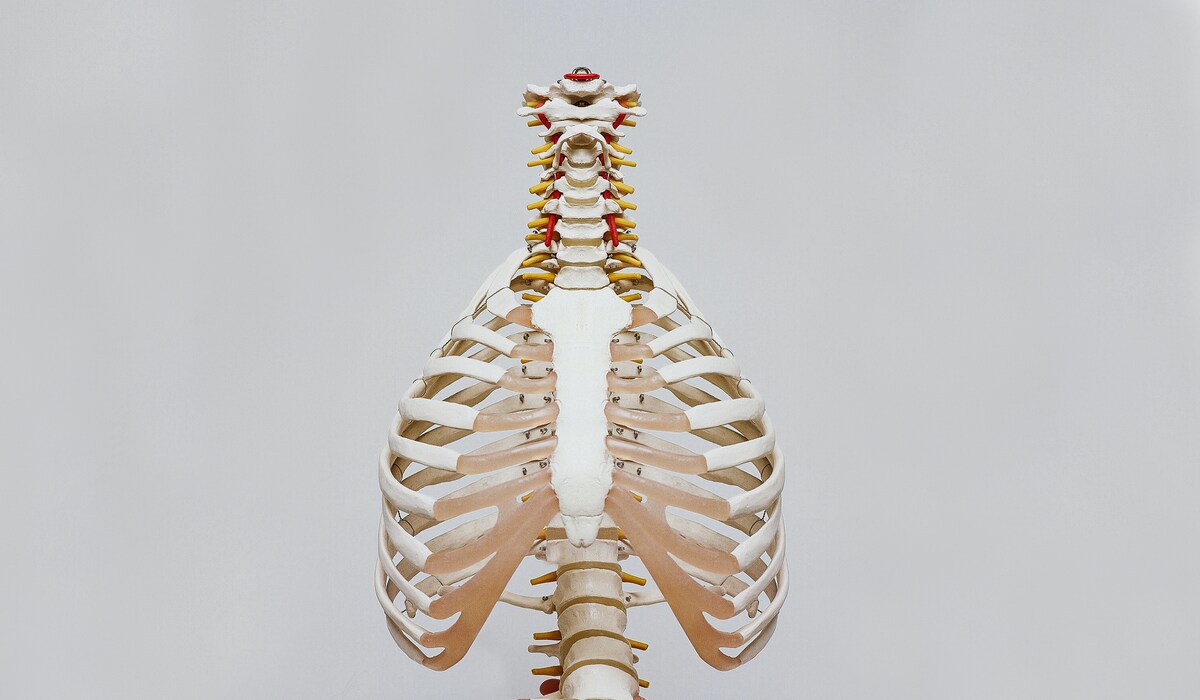Table of Contents
Introduction: Unveiling the Art and Science of Spinal Adjustments
Ever wondered how that cracking sound during a chiropractic visit relates to pain relief? Spinal adjustments form the cornerstone of chiropractic care, a practice that has long fascinated both sceptics and believers alike. In this comprehensive guide, we delve deep into the intricacies of spinal adjustments—what they are, how they work, and what science has to say about them. Let’s lift the curtain on this fascinating practice.
Spinal Adjustments: A Definition
The Terminology Explained
In layman’s terms, a spinal adjustment is the use of controlled force applied to a vertebra that’s deviated from its natural position. The aim is to restore proper alignment, thereby enhancing the body’s physical function and reducing pain. It’s a practice honed over years and not merely the random cracking of bones.
The Biomechanics: What Actually Happens?
Forces and Motions
A spinal adjustment is a complex biomechanical event that involves a multitude of forces and motions. These forces are carefully calculated by the chiropractor to move the offending vertebra back to its correct anatomical position. During the adjustment, the natural gaps between the vertebrae are expanded, creating a small vacuum that sucks air in. The familiar popping sound occurs when the vacuum is released—akin to popping the cork off a champagne bottle.
The Nervous System: A Central Role
How Adjustments Influence Nerve Function
One of the central theories of chiropractic care posits that spinal adjustments help optimise the function of the nervous system. Misaligned vertebrae can exert pressure on surrounding nerves, disrupting their function. By realigning the spine, the chiropractor aims to restore unimpeded nerve flow, thereby enhancing the body’s natural ability to heal itself.
The Release of Endorphins: A Feel-Good Factor
Why Do Adjustments Often Bring Relief?
Spinal adjustments often trigger the release of endorphins, the body’s natural painkillers. Further, This immediate rush of endorphins can provide temporary relief from pain, making you feel more relaxed and at ease. Moreover, It’s one of the reasons why patients often report an immediate sense of well-being post-adjustment.
Controversies and Considerations
Not a One-Size-Fits-All Solution
It’s important to note that spinal adjustments aren’t a cure-all. While there’s a fair amount of scientific evidence supporting their efficacy for conditions like lower back pain, they may not be effective for all types of ailments. Consult your healthcare provider for a comprehensive diagnosis and treatment plan tailored to your specific needs.
Potential Risks: An Informed Discussion
Rare but Important to Consider
Like any medical procedure, spinal adjustments come with their own set of potential risks—albeit rare. These could include temporary discomfort, pinched nerves, or, in extremely rare cases, stroke. It’s crucial to consult a qualified chiropractor to minimise these risks.
How to Prepare for an Adjustment
- Knowledge Is Power: Educate yourself about the procedure to alleviate any anxiety.
- Open Communication: Discuss your medical history and any concerns with your chiropractor.
- Relax: A tense body can make the adjustment more difficult and less effective.
Conclusion: Understanding the Complexity and Nuance
Spinal adjustments are a lot more than the cracking sounds that emanate from your back during a chiropractic session. Further, They’re a blend of science and art, honed over years of practice, designed to improve your well-being and alleviate pain. Additionally, By understanding the complex mechanisms at play, you’ll better equipped to appreciate the depth of this intriguing practice.
Whether you’re a long-time advocate of chiropractic care or a curious newcomer, understanding the intricate science behind spinal adjustments can deepen your appreciation for this unique form of healthcare. After all, knowledge is the first step towards empowered, informed decisions about your body and well-being.
So, the next time you lie down on that chiropractic table, you’ll know exactly what’s happening to your spine—and why it often feels so good when it’s over.
Photo by Nino Liverani on Unsplash


